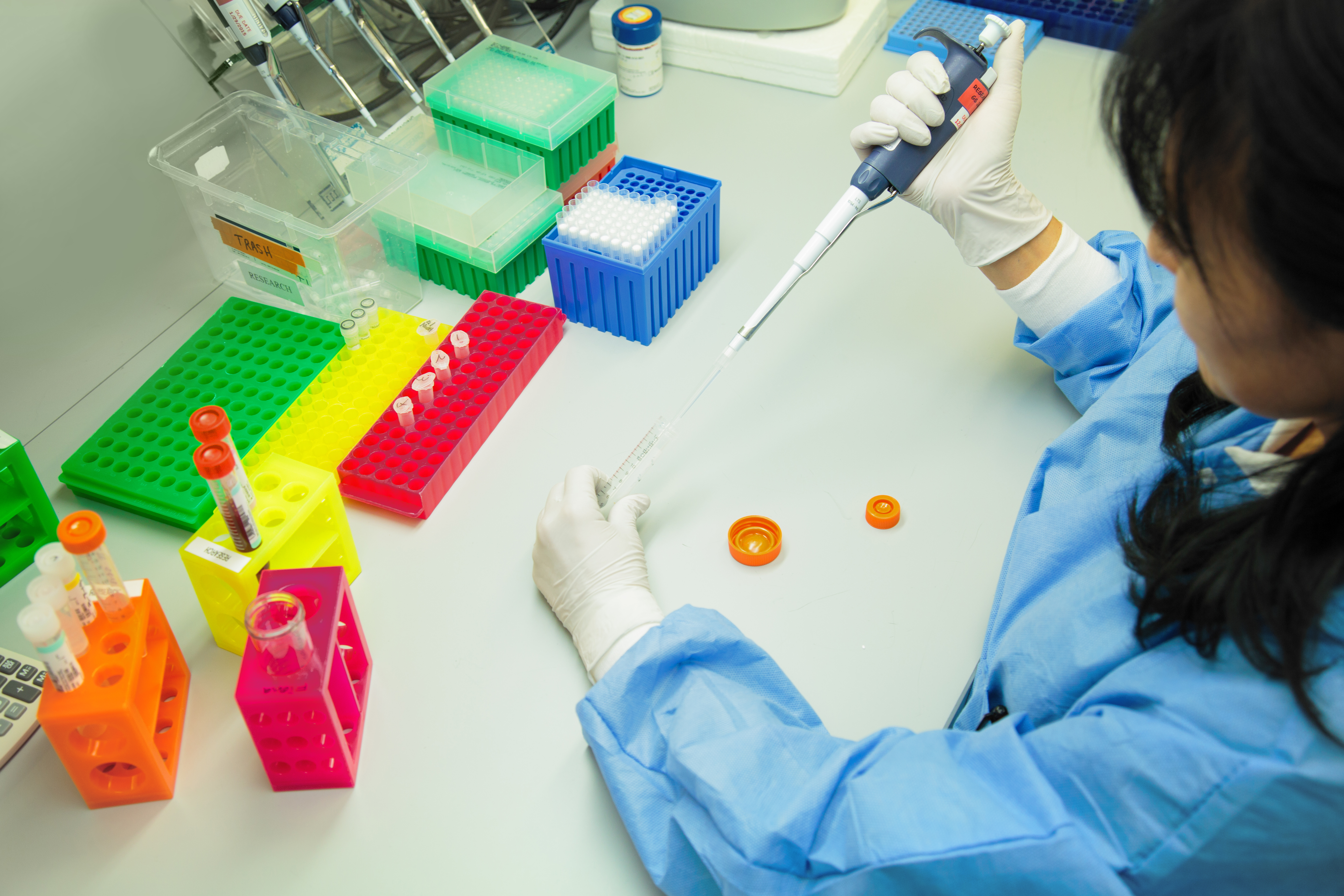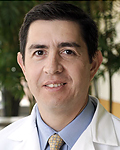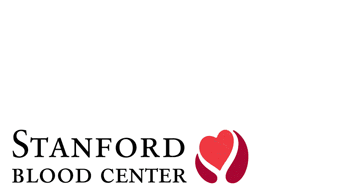
Dr. Daniel Ramon Joins SBC’s Histocompatibility Lab As Medical Director
Stanford Blood Center (SBC) may be best known for collecting blood products for patient use at our partner hospitals, including Stanford Health Care and Lucile Packard Children’s Hospital Stanford, but there is another extraordinarily important life-saving function performed by SBC; it’s called human leukocyte antigen (HLA) typing, which matches donors with recipients needing a bone marrow or organ transplant.
SBC’s Dr. Fernandez-Viña and Dr. Dolly Tyan, Co-directors of our HLA Lab, have been on the forefront of HLA and Immunogenetics research throughout their careers, driving advancements in technology and methods of typing, implementing Next Generation Sequencing (NGS), and significantly improving the success of transplantations both locally and world-wide. This year, the HLA Lab welcomes Dr. Daniel Ramon as Medical Director, bringing with him a wealth of experience in the field.
 Dr. Ramon is an ABHI-certified Histocompatibility Laboratory Director, and comes to Stanford after several years as Director of the HLA Lab at the University of Michigan. Originally from western Argentina, Dr. Ramon’s career has taken him through academic research, biotech company R&D, and clinical HLA laboratory work. We sat down with Dr. Ramon to learn more about his journey.
Dr. Ramon is an ABHI-certified Histocompatibility Laboratory Director, and comes to Stanford after several years as Director of the HLA Lab at the University of Michigan. Originally from western Argentina, Dr. Ramon’s career has taken him through academic research, biotech company R&D, and clinical HLA laboratory work. We sat down with Dr. Ramon to learn more about his journey.
What brought you to the U.S.?
When I finished my residency in London, there were no good positions available in Argentina. I had an opportunity to join Pel-Freez, a company in Wisconsin, where we started developing the first version of NGS for HLA. After the company was sold, I decided to get back into clinical work, and joined the HLA lab at Northwestern University in Chicago as a Director-in-Training. When I earned my Director credential, I obtained a position at Michigan. The lab had had several directors in a few years, and it was good to have a real hands-on Director with involvement in the clinical work. We added many tests, made lots of progress, and achieved a great improvement in the lab’s relationships with clinical services.
What most attracted you to Stanford?
Clinically, Michigan was very good. But it is a big program, and I was the only director. Here, I have two colleagues. We can exchange ideas, validate our thinking. This will also give me more opportunity to pursue academic interests and write scientific papers.
What has surprised you the most at Stanford?
The amount of monitoring of patients. I don’t know of any other center that does so much. You have a real-time idea of the immunology of the patient, so you know a lot about the risk of rejection. There is no need to guess. Also, the size of the team – the lab is huge! At Michigan the lab is about 20 people. Here it is more than 55.
How is your family adjusting to the move?
My wife, Griselda, has kept her job with the company where she worked in Michigan, and now works from home here. My daughter attends Gunn High School, and she has started to smile again.
Sincerest thanks to Dr. Ramon for sharing a little bit about himself. You can learn more about HLA matching on the Be the Match website. And be sure to visit our website to learn more about Stanford Blood Center or to make an appointment to donate blood.
